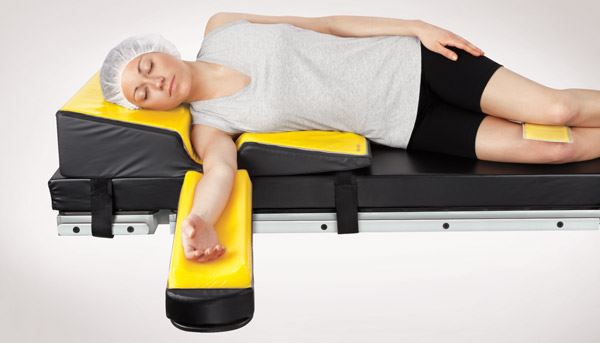
- Between 6.3 and 7.7 percent of surgical patients develop a pressure ulcer.
- The average cost of treating one pressure ulcer is about $37,800, while the average malpractice suit runs at $250,000.
Protect Surgical Patients from Pressure Ulcers
The medical treatment of pressure ulcers will be met by reimbursement penalties if patients are readmitted to hospitals for related complications within 30 days of discharge. This underscores the importance of pressure management for individuals undergoing surgery.
Problems are expensive
Research shows that between 6.3 and 7.7 percent of surgical patients develop a pressure ulcer. Risk factors include improper or extreme positioning, inopportune skin moisture and being immobile for 2.5 hours. Pressure ulcers are an increased risk for patients who are older than 70 years, obese, diabetic, malnourished or habitual smokers. Those with a history of pressure ulcers are also at risk.
Ultimately, the average cost of treating one pressure ulcer is about $37,800, while the average malpractice suit runs at $250,000.
The right medical equipment and supplies can help
Fortunately, AliMed offers a wide range of support devices that can help prevent pressure ulcers among surgical patients. The key is to choose based on the relevant surgical positions, procedure being performed and the condition of the patient.
- Supine position. Head donuts, arm board pads, gel tablepad overlays and heel cups protect the occiput, ulnar nerve, scapula and back, and heels, respectively.
- Lithotomy position. In addition to having head donuts, arm board pads and tablepad overlays, surgeons can use padded boots to protect the popliteal space while the legs are raised in stirrups.
- Lateral position. Horseshoe pads, knee crutch pads and heel protector pads cushion the ears and eyes, knees and heels, respectively. Additionally, prone/lateral positioners keep the spine aligned, and tablepad overlays protect the greater trochanter. Arm board pads and heel cups are also effective.
- Prone position. Prone headrests, contoured arm board pads, chest rolls and padded arm boards protect the ocular and facial tissues, knees, clavicle and iliac crest, and arm nerves, respectively.
- Trendelenburg position. Supine or lithotomy position equipment are appropriate while the surgical bed uses a head-down tilt ranging from 15 to 45 degrees. A toboggan can help keep the arms comfortably tucked at the sides.
- Reverse Trendelenburg position. It is important to cushion the occiput and ulnar nerves, as well as the scapula and back, the latter of which can be done with the gel table pad. Meanwhile, chest rolls can protect the knees, while a padded footboard prevents sliding.
- Fowler's position. Surgeons should use head donuts, gel table pads and heel protectors to shield the occiput, back and backs of knees, and feet and ankles, respectively. The ulnar nerves must also be cushioned.